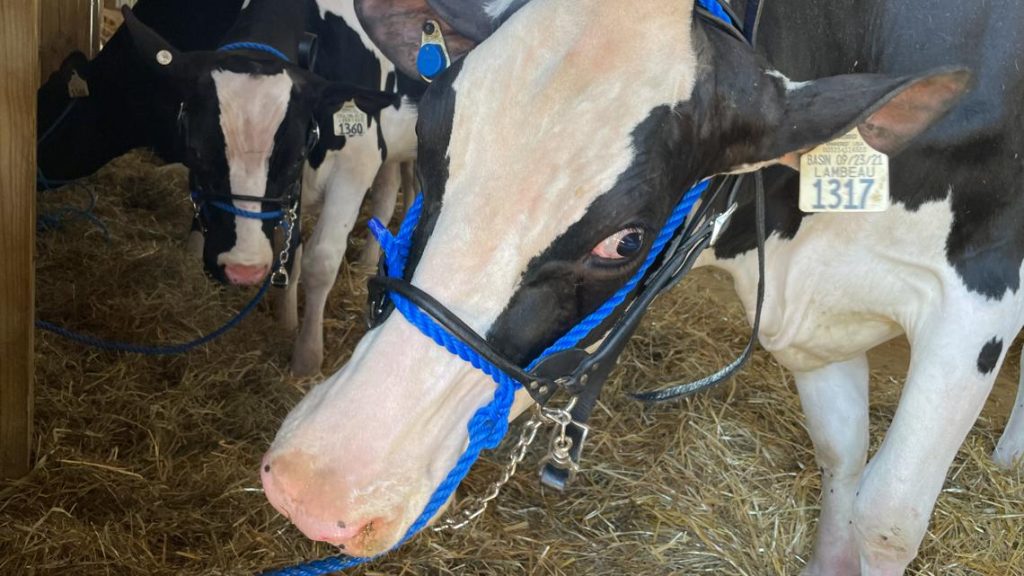Meanwhile, the State Fair said it is monitoring the situation as it develops and will update its protocols as opening day approaches.
ST PAUL, Minn. — The Minnesota Department of Animal Health announced this week that avian influenza (H5N1) has been detected at another farm. A herd of dairy cows.
Because the virus spreads so easily, experts are implementing new safety measures, especially as county fair season gets underway and everyone looks forward to the Minnesota State Fair.
The virus is the same one that has devastated the poultry industry and was first detected in farm animals in March, said Abby Schucht, an extension agent at the University of Minnesota.
But despite being new, Statewide testing requirementsThe virus continues to spread, infecting not only chickens and cows, but also other animals, including birds such as crows, sparrows and swallows.
and now, A herd of nine dairy cows Cows have been infected across Minnesota, including in Benton and Sibley counties, and Schucht said the news is a surprising twist in the virus story, since cows don’t normally get respiratory infections.
“Viruses are very hardy and they evolve and mutate as needed to find a host in which to survive,” Schucht said. “Virologists and experts have always said the rule with influenza is: there are no rules.”
Because the virus spreads primarily through raw milk, the state has been cracking down on dairy cows. New requirements include requiring all dairy cows participating in Minnesota shows to show a negative H5N1 test result and a Certificate of Veterinary Inspection (CVI). The requirements are in effect until December 31, 2024.
The rule forced some farmers to decide whether to bring cattle to county fairs.
“So even if they bring that one animal here, it could potentially affect the entire national herd,” said Waseca County Fair Director Jenny Johnson. “This is a pretty big deal.”
Johnson said the Waseca County Fair is following state regulations and not leaving certain cattle there overnight. Another local fair said it’s just showing cattle virtually.
The state says infected flocks must be quarantined for at least 30 days and pass three consecutive tests to stop the spread of the disease, which is more deadly to birds.
Schucht said avian flu has killed 8.1 million birds in Minnesota since March 2022 and 99.1 million birds nationwide.
She said the virus hasn’t abated as much this summer as usual, which is a concern heading into the autumn migration season.
“The more animals that are susceptible to the virus and can serve as hosts for the virus, the more virus there is around,” Schucht said.
While the risk to the general public remains low, there have been five cases of the virus jumping to humans since 2022. They were farm workers who had regular and prolonged contact with dairy cows.
Schucht says the best prevention for humans is to wash their hands before and after petting an animal.
The Minnesota State Fair wrote in response to the outbreak:
“The health and safety of fair-goers and animals is our top priority, and we will be monitoring the evolving situation throughout the county fair season.”
“As we approach the end of summer and the opening date of the Minnesota State Fair approaches, we are working closely with our partners at the Minnesota Animal Health Commission and the Minnesota Department of Health and Agriculture to determine procedures and protocols that will be in place when the fair opens.
“We will be releasing an update closer to that time.”


